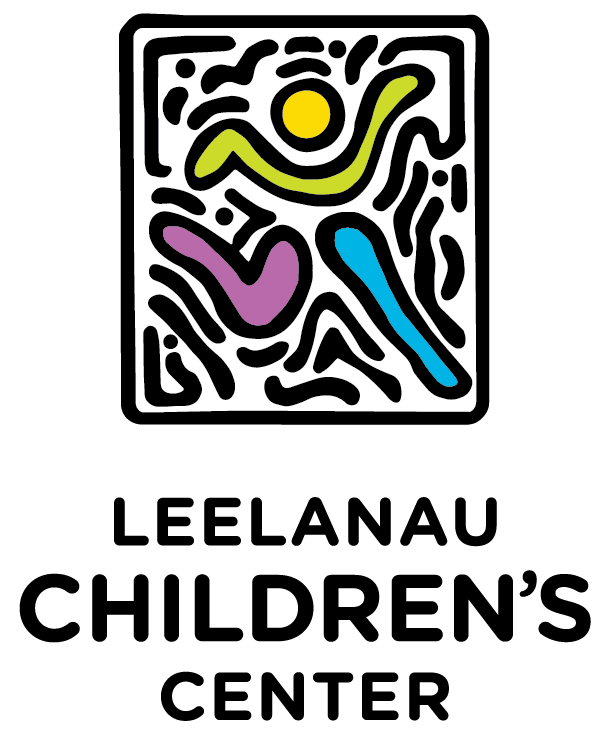Nature collages with play-dough!
All you need for this fun sensory activity is a batch of playdough and special found objects from outside!
First!
I whipped up a fresh batch of playdough (I used our fabulous LCC recipe!) I didn’t add any color or smell to this batch. I was just going for the basics. 100% plain and simple!
Then!
I grabbed some of my favorite natural loose parts. We have lots of Hemlock trees around our house. I love the little cones! I also cut some twirly grapevine! I dug into my rock stash too.
Let the creating begin! I love how the natural playdough looks and feels. The rocks, beach glass, stones, vines and Hemlock all blend so beautifully!
I also like to press the objects into the playdough. The grapevine makes tiny marks. The Hemlock looks kind of like a fossil to me.
I would love to see which natural objects you find and how you arrange them!
Will you color your playdough? Will you add a scent to it? I am excited to see what you do!
XO Sara Tall XO
Loose Parts: An Open-ended and Creative Experience
Loose parts are essentially any type of objects that can be moved around, built with, organized, sorted, lined up, designed, or otherwise creatively manipulated. Believe it or not you almost certainly have things in your home that will make an excellent collection.
It’s helpful to organize them in some way. You might consider putting each type of material into its own container or you might have something like a baking pan with multiple sections that will sort all the materials in one space.
Natural materials are an excellent source of inspiration. I have a gazillion acorns in my lawn, so I collected some of those. You might have a source for rocks (marble-sized to softball-sized is a decent starting point, uniform or mixed), seashells, sticks, or anything that can be manipulated on a table or spot on the floor.
I found some bags of nails in the garage so I collected a few types of them. My favorite was nice and shiny, but also a little too pointy, so I used some others that were less pokey than a sharpened pencil. Safety first! I had some plastic eggs, so I added those, and I cut up some cardboard into smallish “plates.” After that, I put them all into the baking tray so that all the different materials were distinguishable.
There were also various containers for sorting and combining.
At this point, let the creativity flow. Is this a collection that wants to be organized in some way? Can you make interesting structures, or maybe some patterns or designs? After looking at what I had for a few minutes, I decided to make some designs.
You can also build with the materials. Wyn wanted to get in on some of that, so he helped out too.
Here’s a few other things that could be used:
Marbles
Beads
Bottlecaps
Squares of fabric
Ribbon
Popsicle sticks
Dice
And the list goes on…
Colored paper
Golf tees
Old credit or business cards
Coins
Clothespins
Leaves
Flowers
Playing with loose parts
Open-ended materials (also known as loose parts) are materials that can be used in numerous ways. They can be moved, carried, combined, and redesigned in any way a child or group of children decides."
DIY Sensory Table!
DIY sensory table! You don't need a real sensory table to actually provide great sensory experiences for your kiddos! Here's a couple of ways Cassie, LCC Crib Teacher, improvised in her house (photos from snow days past). Any type of shallow tub or container works great. And what a great way to use this freshly fallen snow 😜
You can fill it with water, snow, sand, beans, corn kernels, rice, etc. Add measuring cups, spoons, small plastic animals, cars, diggers, tractors, water colors (just mix water and food coloring), little people...there are endless options!
Cassie chose a space that had a water resistant surface such as the kitchen counter/bar if you have one or a tiled/wood area of flooring. If you are worried about the mess, lay down a bedsheet or a few towels for an easy clean up. Sensory tables are messy, but that's the whole point! 😄
LCC's famous cooked playdough recipe
Here is one of the Leelanau Children’s Centers favorite recipes for homemade playdough. We have found through years of experience that the cooking method provides a better playdough than the non-cooking method. This is one of our go to materials that we have available every day for our children. Obviously if there is an illness or children sneeze or cough on it we throw it away and make a new batch!
We store it in an airtight container or large ziplock bag. You can play with it as is or you can add many household materials such as pizza cutters, rolling pins, small plates and bowls, pine cones, Popsicle sticks…the possibilities are really endless with playdough! This is a cheap and easy activity that you can do with your child that helps build so many of their developmental domains such as language, fine motor, cognitive, and scientific skills!
COOKED PLAYDOUGH
1 c. flour
1/2 c. salt
2 tsp. cream of tartar
1 c. water
2 tbsp. oil
1 tsp. food coloring
Combine 1 cup flour, 1/2 cup salt and 2 teaspoons cream of tartar in a large saucepan. Gradually stir in 1 cup water mixed with 2 tablespoons oil and 1 teaspoon food coloring. Cook over medium to high heat, stirring constantly until a ball forms. Remove from heat, cool, and knead until smooth on wax paper. Store in an airtight container. We often add essential oils like lavender or mint to add a sensory bonus!























